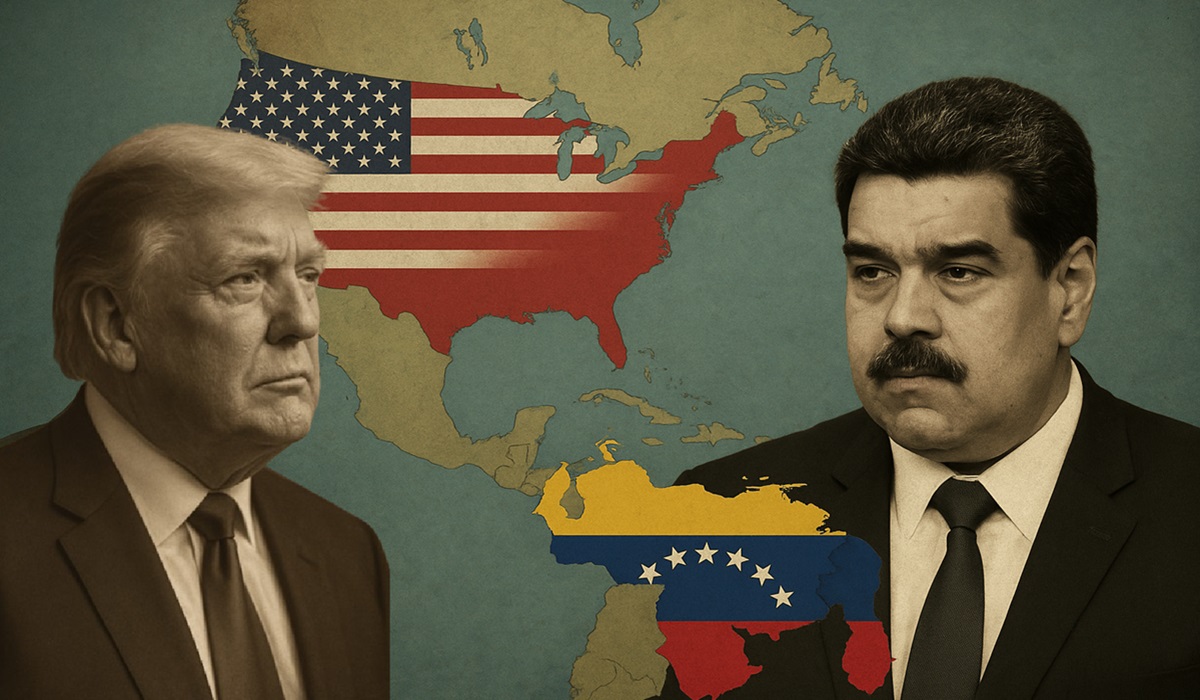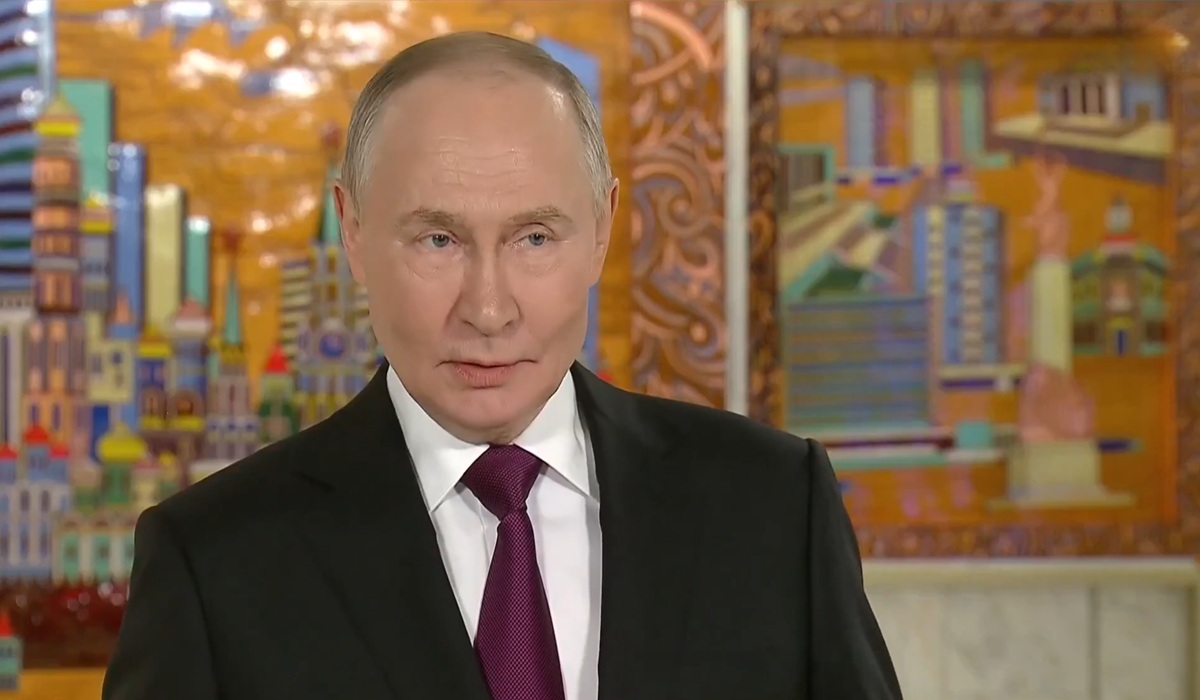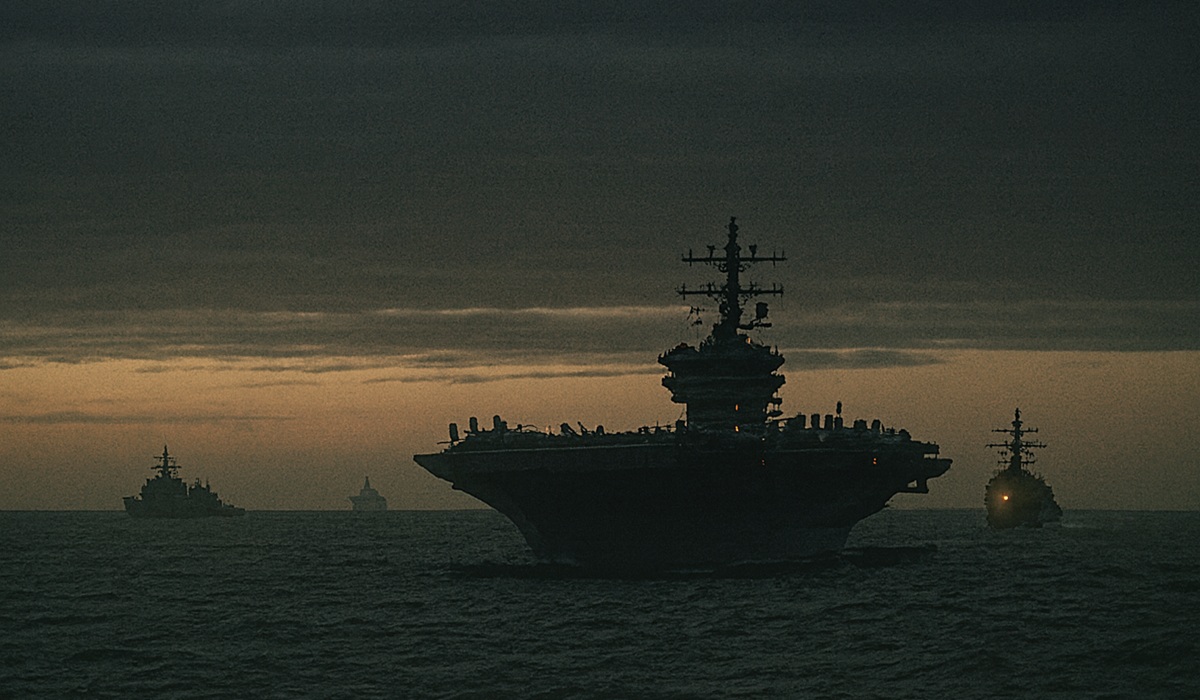By: Donovan Martin Sr, Editor in Chief
When President James Monroe first articulated the Monroe Doctrine in 1823, it set the tone for centuries of U.S. engagement in the Western Hemisphere. Its core warning to European powers—no new colonies and no interference in the Americas—was meant to protect newly independent Latin American nations. What followed, however, was not always the partnership envisioned. Venezuela’s relationship with the United States exemplifies this story: a tale of allies turned adversaries, shaped by oil, ideology, and shifting power balances.
For decades, Venezuela and the United States were close partners. In the early 20th century, U.S. oil companies played a central role in developing Venezuela’s petroleum sector. By the 1920s and 1930s, American firms dominated Venezuela’s energy landscape, and the steady flow of crude cemented economic ties. After World War II, when global security was restructured, Venezuela aligned firmly with Washington. This partnership was codified in 1947 with the Inter-American Treaty of Reciprocal Assistance—commonly known as the Rio Pact. The treaty was clear: an attack on one signatory would be considered an attack on all. Venezuela stood with the United States during the early Cold War, supporting U.S. positions at the United Nations and even providing oil at favourable terms during moments of crisis. At the height of this cooperation, Venezuela was a model ally, regarded in Washington as a reliable bulwark against communism in the hemisphere.
The relationship began to shift in the latter half of the 20th century. The 1970s oil boom emboldened Venezuela to assert greater control over its natural resources. The nationalization of the oil industry in 1976 marked a turning point: though still exporting to the United States, Venezuela now positioned itself as an independent energy power. By the 1980s and 1990s, waves of economic crisis and political unrest reshaped Venezuelan society. The election of Hugo Chávez in 1998 deepened the divide. Chávez openly rejected Washington’s neoliberal prescriptions, promoted “Bolivarian socialism,” and aligned with countries like Cuba, Russia, and later China. He framed his opposition to U.S. foreign policy as a continuation of Latin America’s struggle against imperialism.
In practice, the Monroe Doctrine had always been about more than simply blocking Europe. It evolved into a justification for U.S. intervention—political, military, and economic—whenever its interests were threatened in the Americas. Venezuela, sitting atop the world’s largest proven oil reserves, inevitably became a focal point. U.S. policymakers feared that Caracas could weaponize oil not just economically but geopolitically. When Chávez struck deals with China and Russia, it appeared to Washington as a violation of the Monroe Doctrine’s core principle: no external great power influence in the hemisphere. This sense of encirclement grew under Nicolás Maduro, whose contested elections and authoritarian methods offered Washington additional grounds for condemnation. The U.S. response was sweeping sanctions, diplomatic isolation, and overt recognition of opposition leader Juan Guaidó as interim president in 2019. These moves were cast in the language of democracy promotion, but their practical impact was economic warfare.
The collapse of the alliance can be traced through three interconnected themes. First, oil transformed from a shared interest into a source of strategic tension. While Venezuela sought independence over its energy wealth, the U.S. saw this as a threat to its economic and security position. Second, ideology created irreconcilable divides. Venezuela’s socialist project directly contradicted U.S. visions for liberal democracy and free markets in the region. Finally, external alliances—particularly with Russia and China—were seen as red lines by Washington. For the U.S., this revived the Monroe Doctrine logic: Latin America was its sphere of influence, and no rival power would be tolerated.
The irony is that Venezuela once stood shoulder to shoulder with the United States under the Rio Pact. In the early Cold War years, the treaty embodied the ideal of hemispheric solidarity: the Americas would defend themselves collectively against outside threats. Yet by the 2000s, Venezuela no longer saw the U.S. as a protector but as the very aggressor the pact was supposed to guard against. In 2012, Venezuela formally withdrew from the Rio Treaty, arguing that it had been weaponized to justify U.S. military interventions in the region. This marked a symbolic break. What was once “an attack on one is an attack on all” became a scenario where Venezuela considered U.S. pressure itself an attack. The fracture revealed that the Monroe Doctrine and the Rio Pact, while initially conceived as shields against foreign domination, had in practice become tools for U.S. dominance—an arrangement Venezuela rejected.
The central thread tying this story together is oil. From the days of mutual dependence to the age of confrontation, petroleum has defined the U.S.–Venezuelan relationship. For the U.S., access to secure, affordable energy has always been a strategic necessity. For Venezuela, oil revenues were both the backbone of the economy and the instrument of political independence. When the two interests aligned, the alliance flourished. When they diverged, the relationship crumbled. U.S. efforts to isolate Venezuela today cannot be understood without this context. Oil is not just an economic commodity—it is geopolitical leverage. And for Washington, allowing a hostile regime allied with external powers to control vast reserves in its own hemisphere is viewed as intolerable.
One way to understand this asymmetry is to imagine a reversal: what if another nation attempted a regime change in Washington? The U.S. would call upon the principles of collective defense, much like the Rio Pact once codified, seeking support from NATO, regional allies, and global partners. Military, economic, and diplomatic tools would be mobilized in unison. Air and naval power, financial sanctions, cyber operations, and intelligence coordination would move as a single force. The international response would be overwhelming, coordinated, and uncompromising. This hypothetical underscores the dramatic imbalance of power: what Venezuela experiences as coercion would be unconscionable if reversed, illustrating the unique leverage the United States wields in the hemisphere.
The story of the U.S. and Venezuela is not merely a tale of rivalry; it is the narrative of history’s slow unraveling. Once allies bound by common interests, shared oil, and the promise of mutual protection, they now navigate suspicion, sanctions, and distant threats. Yet even in the tension, there is clarity: power and wealth shape relationships as much as ideology. What history teaches is that alliances are fragile when the stakes are high and the resources coveted. The Monroe Doctrine may have begun as a shield for the hemisphere, but over time it has become a mirror reflecting the raw realities of dominance. The past whispers that oil, ambition, and influence are far stronger than friendship in shaping nations. And for Venezuela and the United States, the story is far from over—the echoes of alliance, betrayal, and the lure of control continue to ripple across the Americas, a reminder that in geopolitics, history rarely forgives, and power rarely forgets.









